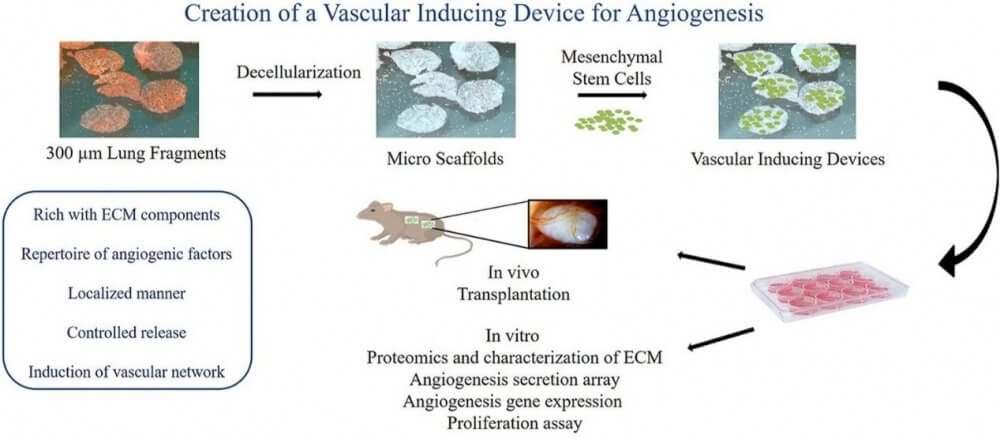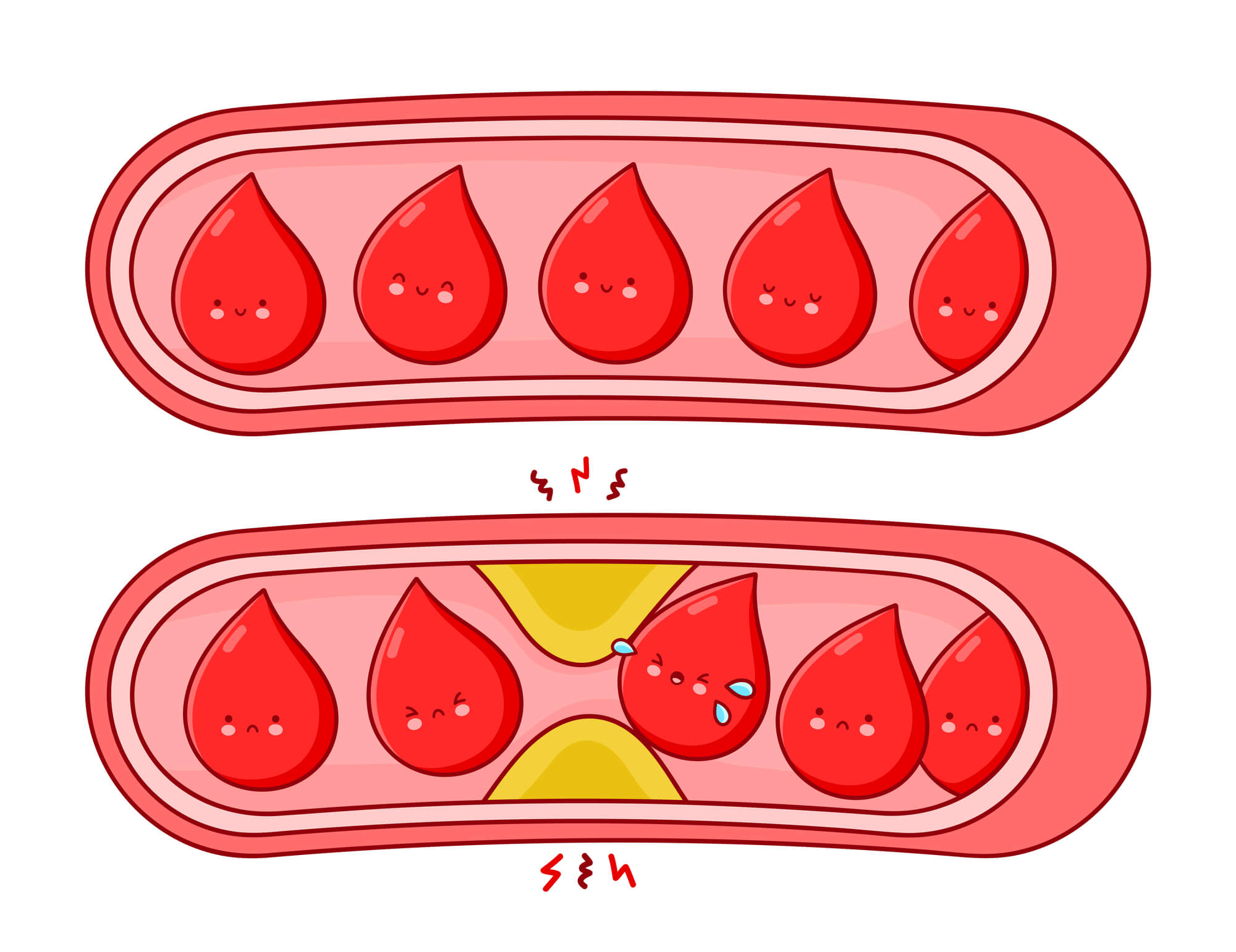An innovative development offers a biological device based on stem cells and encourages the creation of new blood vessels, to be able to replace damaged blood vessels in diabetics who suffer from leg ulcers and patients who need catheterization

Angiogenesis is a process in which new blood vessels are formed during tissue repair, organ regeneration and tumors. In recent years, several researchers have reported the use of mesenchymal stem cells, derived from humans, as a way of cell therapy to stimulate angiogenesis in diabetics and patients requiring catheterization, but no clinically significant results have yet been reported.
New Israeli research, led by Prof. Eduardo Mitrani and research student Asaf Assis from the Department of Cell and Developmental Biology at the Institute of Life Sciences at the Hebrew University, offers for the first time a new biological device that uses this type of cells. The researchers used tissue engineering technology to develop three-dimensional biological devices that function independently, and act as biological pumps that secrete a variety of growth hormones and encourage the growth of new blood vessels, which will replace blocked blood vessels in various medical conditions.
The new devices are based on the micro-scaffold platform, which are produced from microscopic pieces of various tissues, which have undergone a process to remove the original cells. Following this process, XNUMXD microscaffolds are obtained which are able to provide an optimal growth environment for new cells seeded on them. The stem cells were seeded on these structures. These cells are a potential source for creating growth hormones, which are responsible for creating new blood vessels.
In the first step, the researchers proved that these cells grow successfully on the biological scaffold, reproduce and secrete a wide range of growth hormones. After that, these devices were implanted under the skin of mice and as a result new blood vessels were formed around the device, which connected with the blood vessels of the host after only about a week. In the next step, in collaboration with the Department of Endochronology and Metabolism and the Department of Orthopedics at Hadassah Ein Kerem Hospital, the researchers used mesenchymal stem cells, which were isolated from bone marrow samples of diabetic patients at the amputation stage, to create similar devices. It was found that the cells that were isolated from diabetic patients grow well on the biological scaffold, produce and secrete a variety of growth hormones, at a level similar to the devices that were prepared from healthy cells.

The researchers are currently working on the preparation of a similar device produced from blood samples, and note that "soon we hope to receive ethical approval for primary treatment of patients suffering from external wounds. The devices will be prepared from cells that will be produced from blood samples of the patients and will be used as a catalyst for the treatment of closing the damaged area."
As for the future uses of the device, they said that "the biological device we developed will be able to provide a satisfactory solution to millions of people around the world, who suffer from leg ulcers due to poor blood supply due to the worsening of diabetes. In the future, the device may also provide an alternative to coronary bypass surgery. Instead of mechanical intervention during catheterization, the implanted device will be able to stimulate the creation of new blood vessels in the transplant area, and thus new channels will be created to transport the blood to the heart as a replacement for the blocked blood vessels."
More of the topic in Hayadan:
- An aid delegation from the proper strand was stationed in the affected area
- A technology developed at the Technion improved glucose uptake in diabetic mice
- How does the corona virus affect diabetics?
- Printing a tissue rack with a branched vascular network The goal: fast and efficient transplantation in damaged organs
- Discovery: how certain blood vessels in the brain open "windows" that allow overcoming the blood-brain barrier
